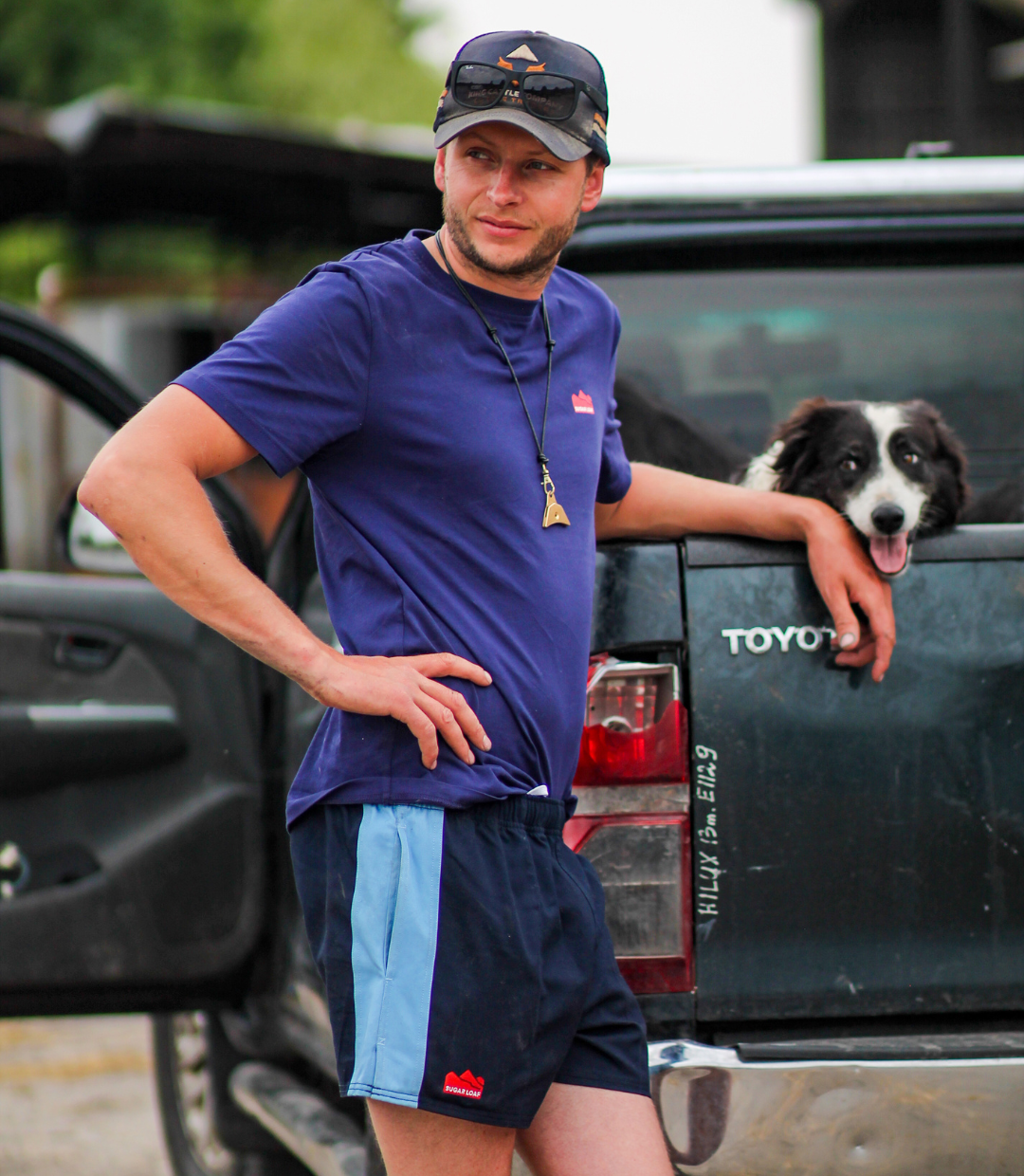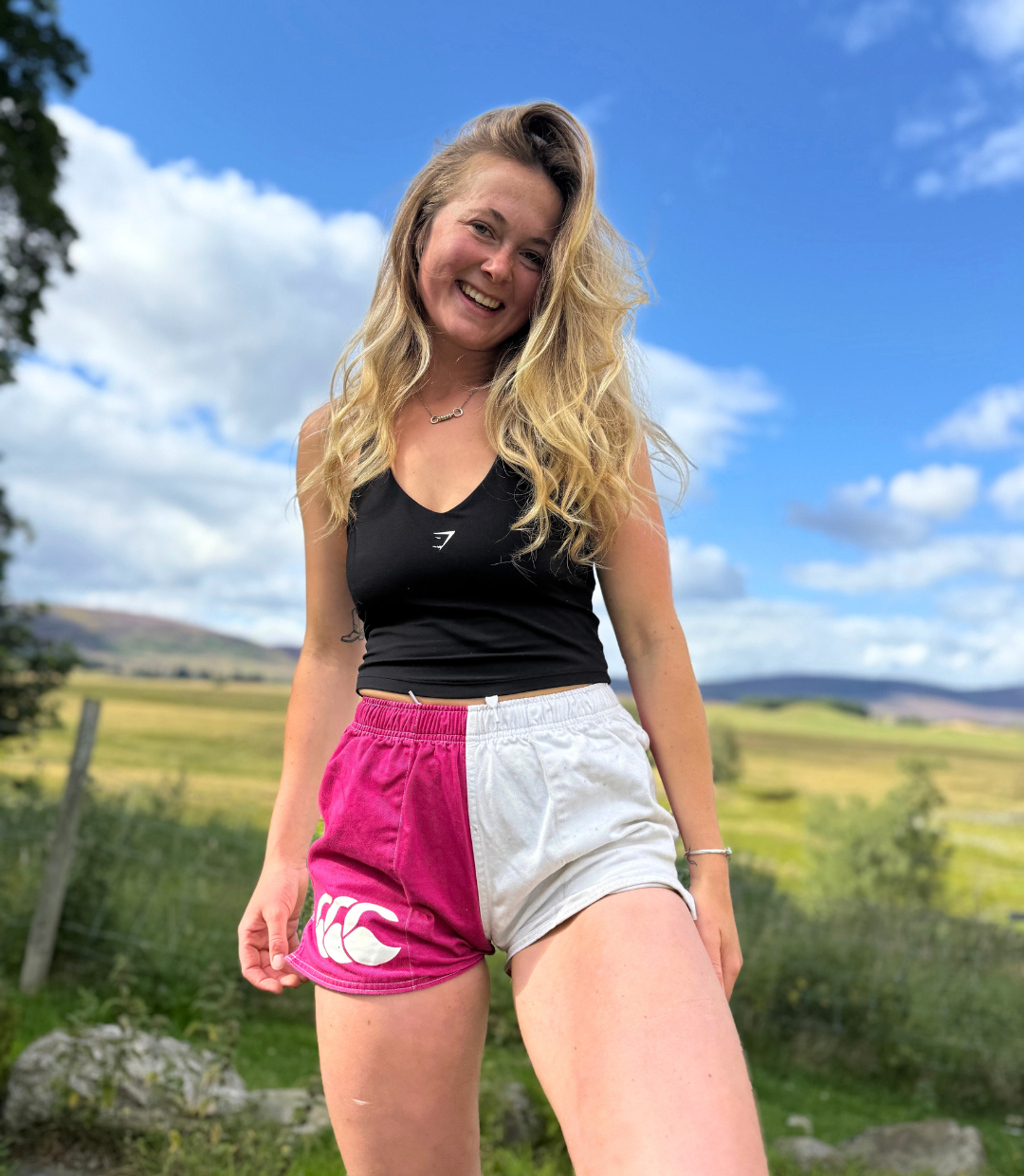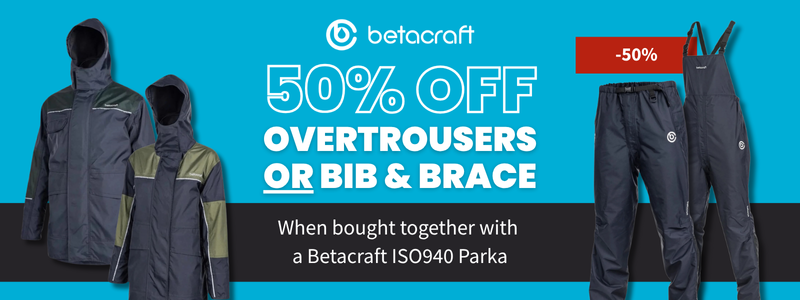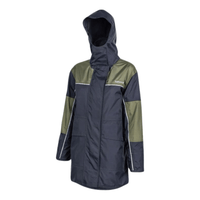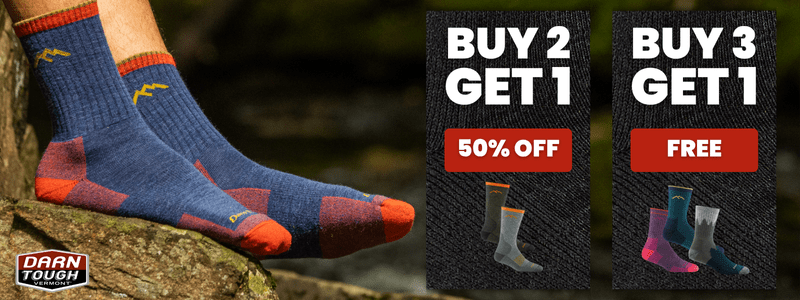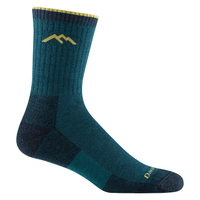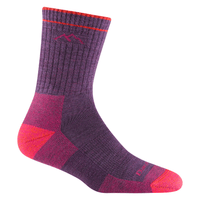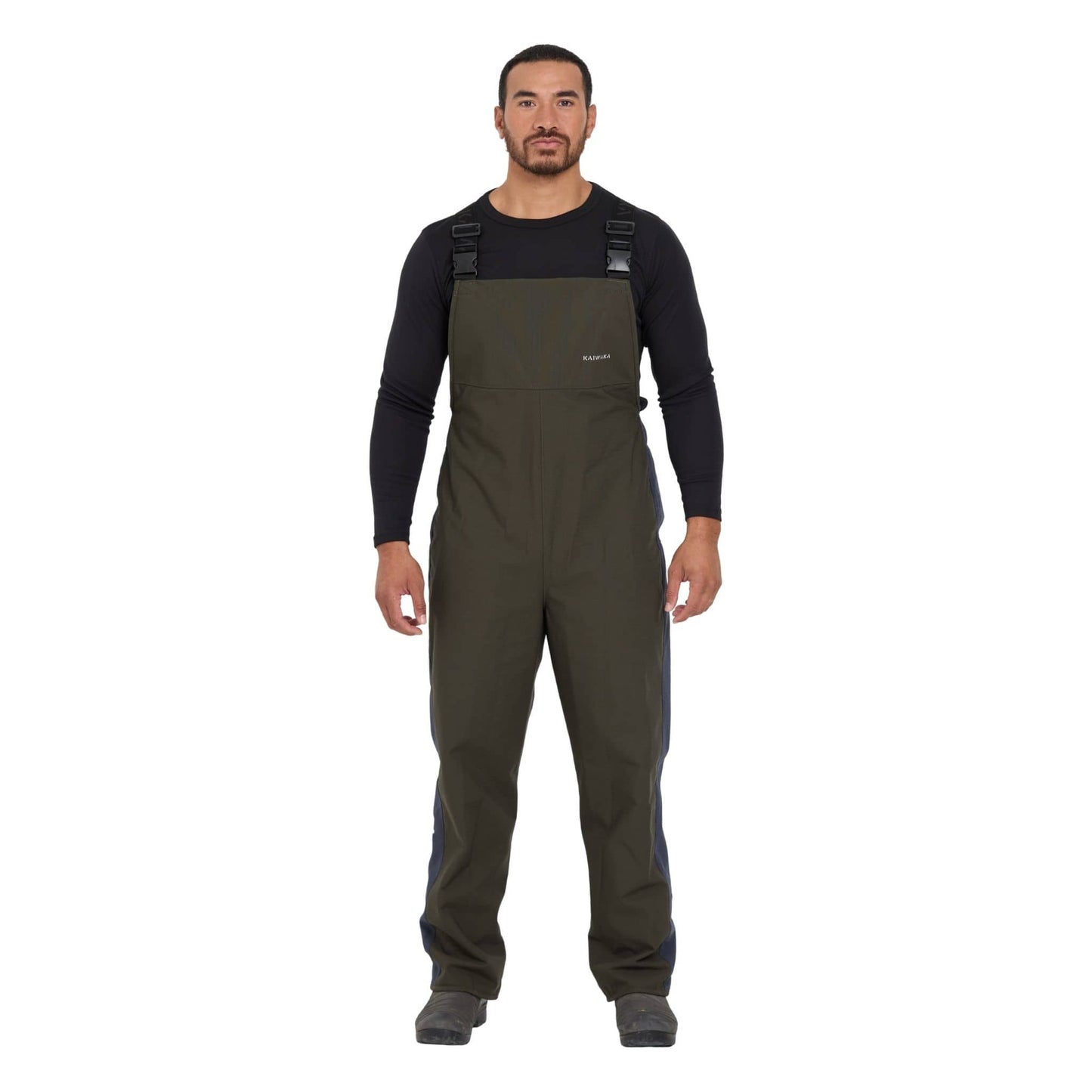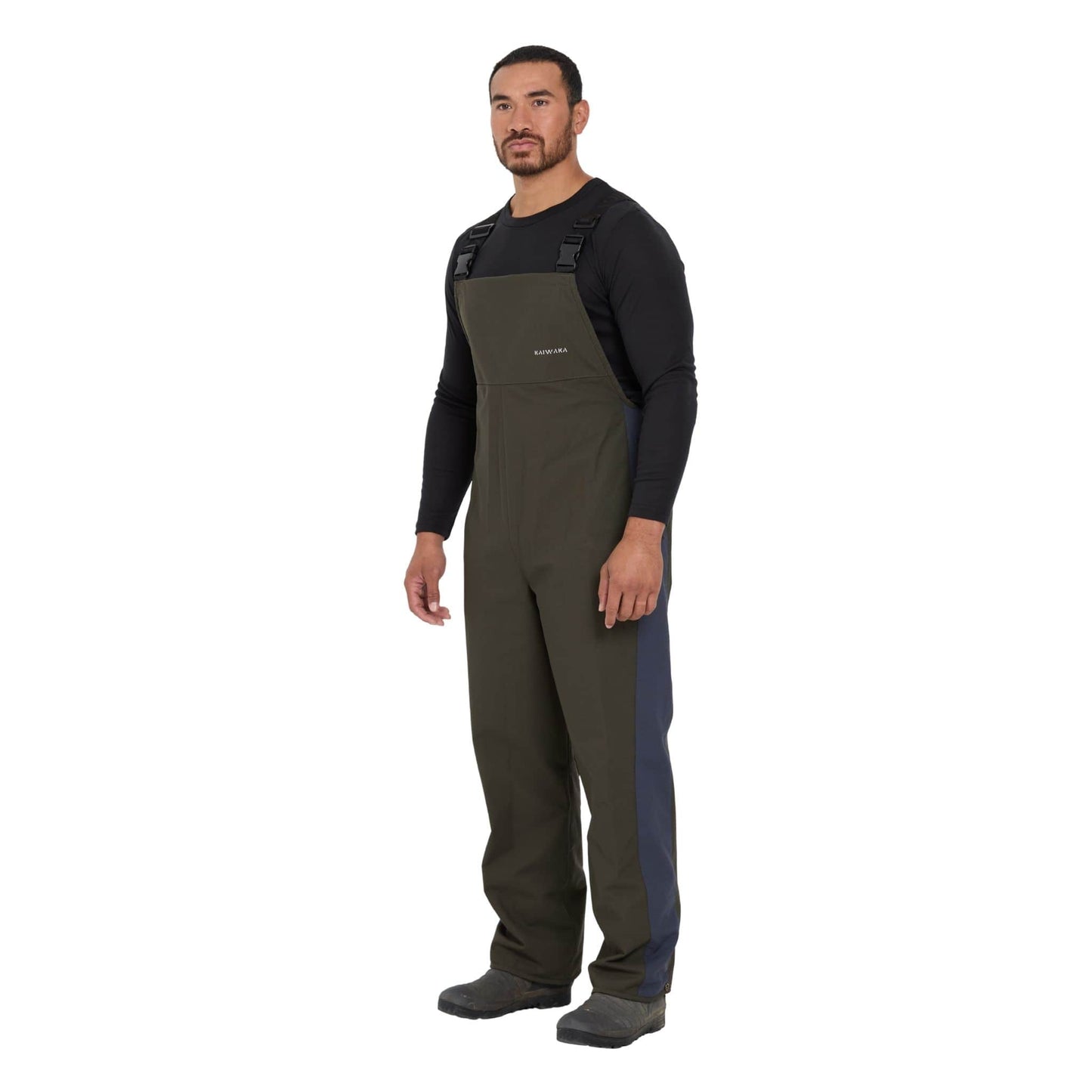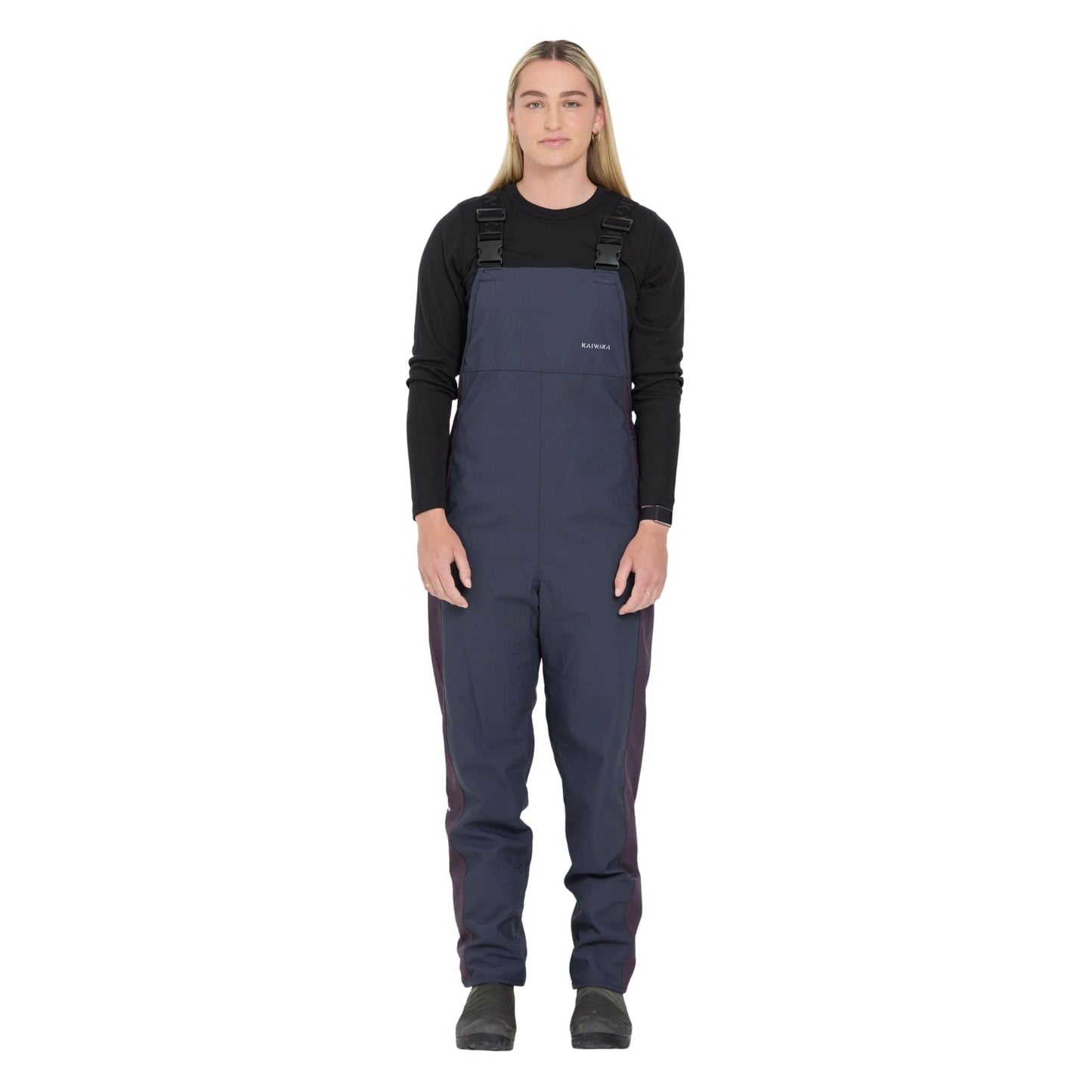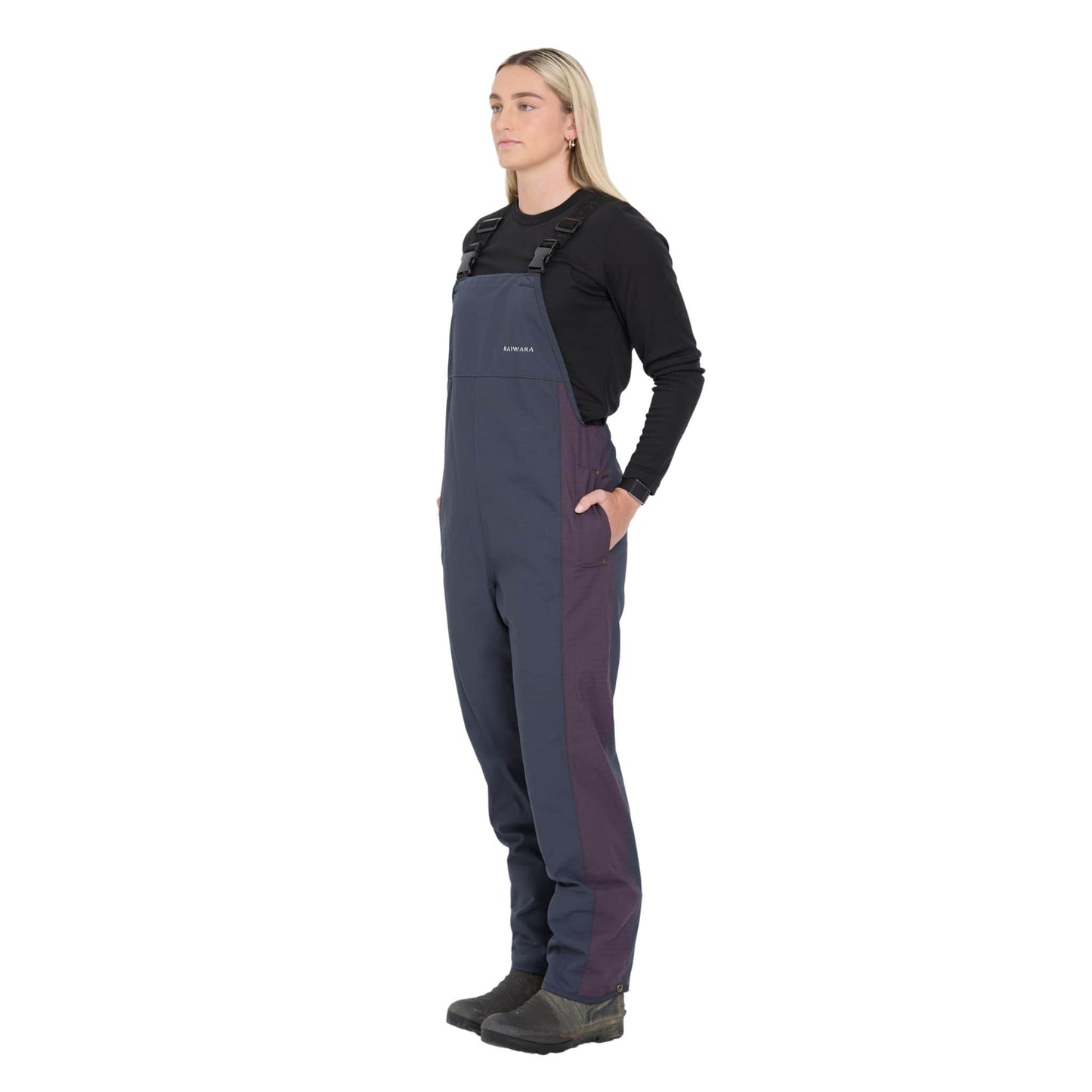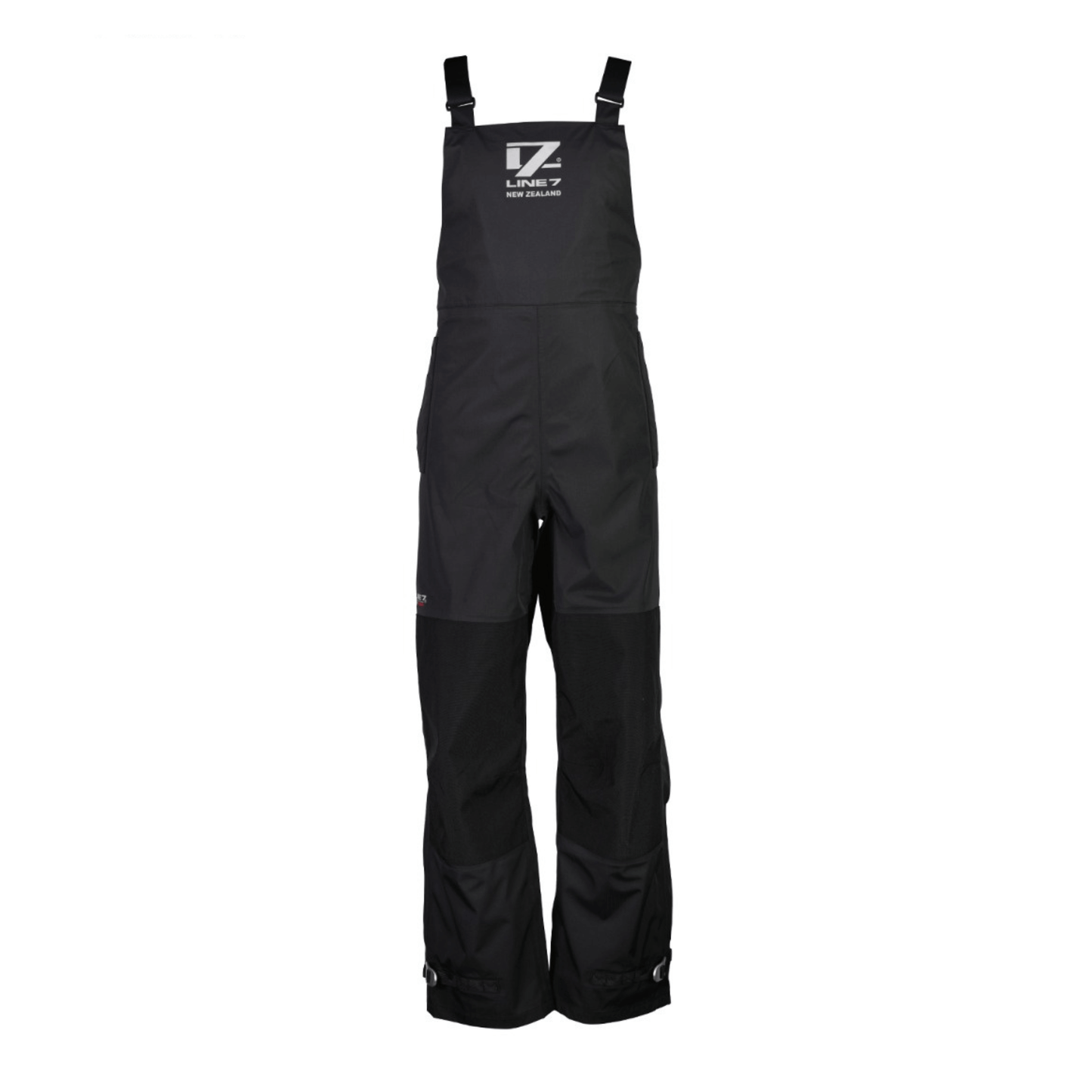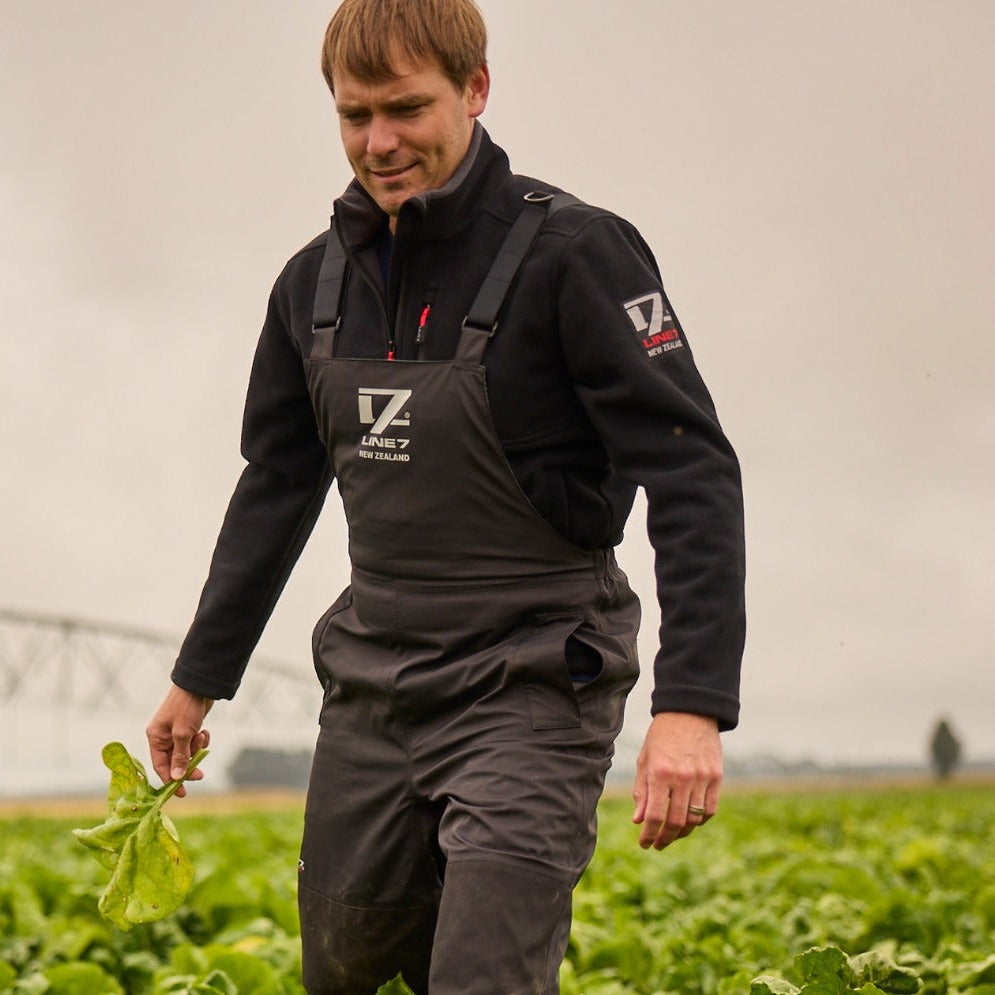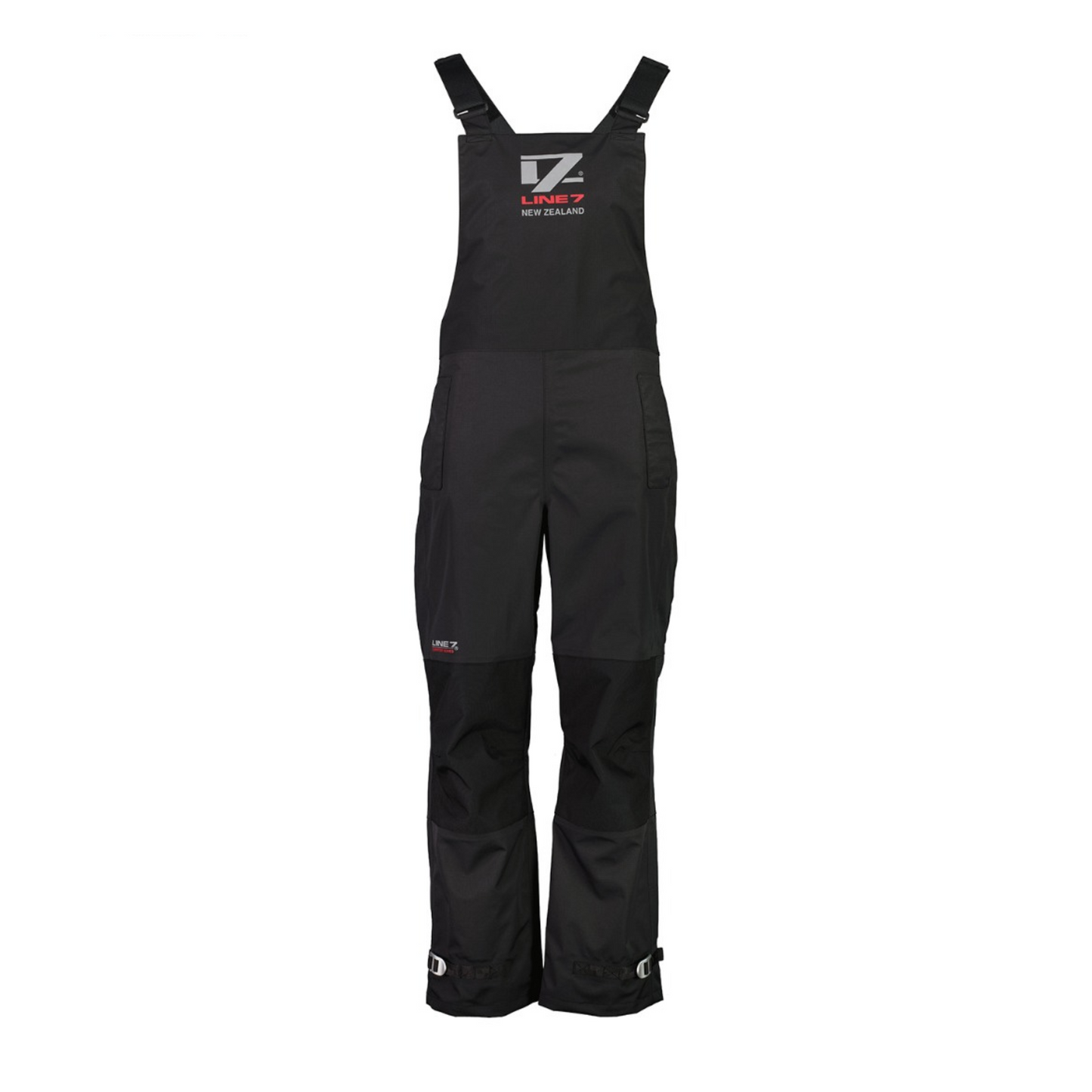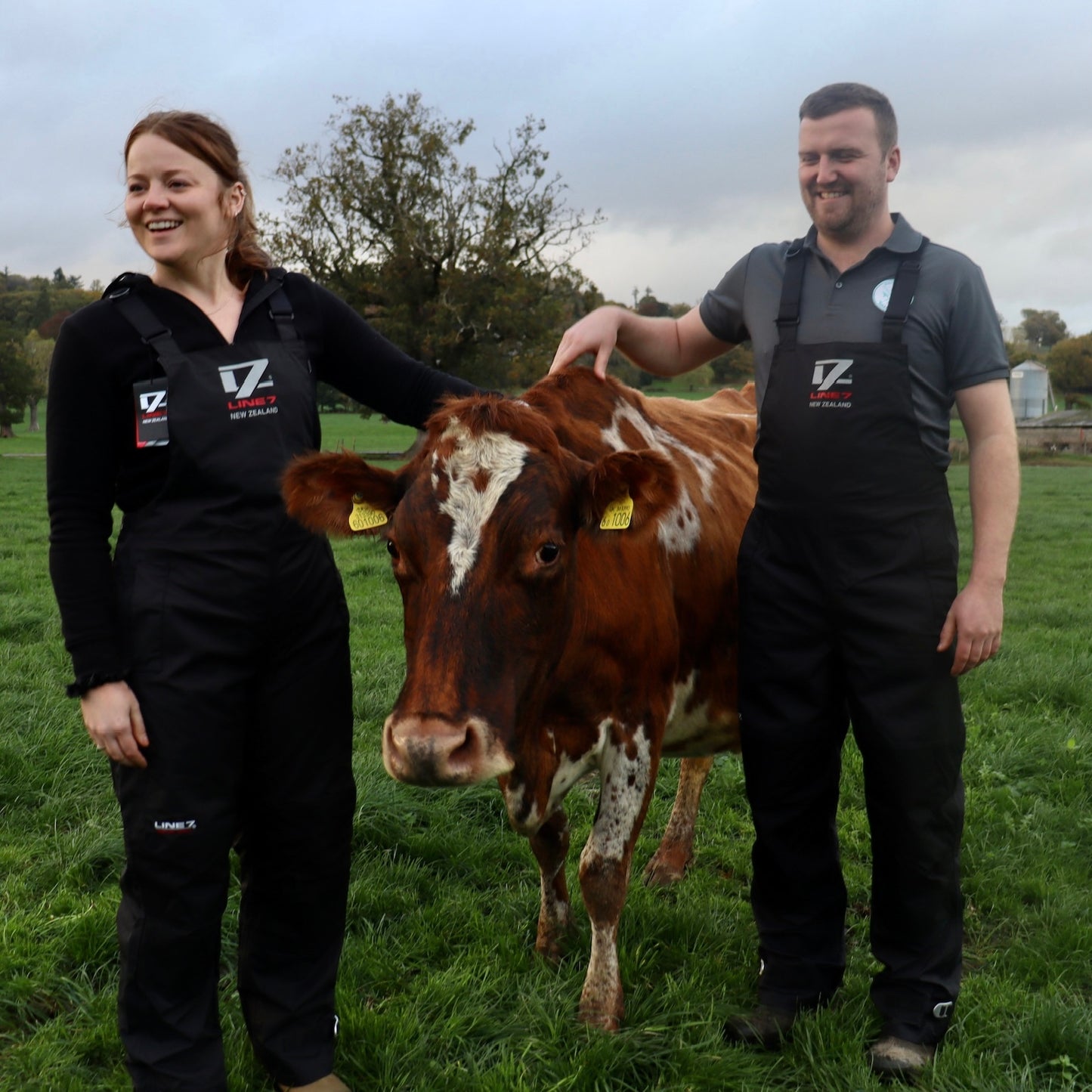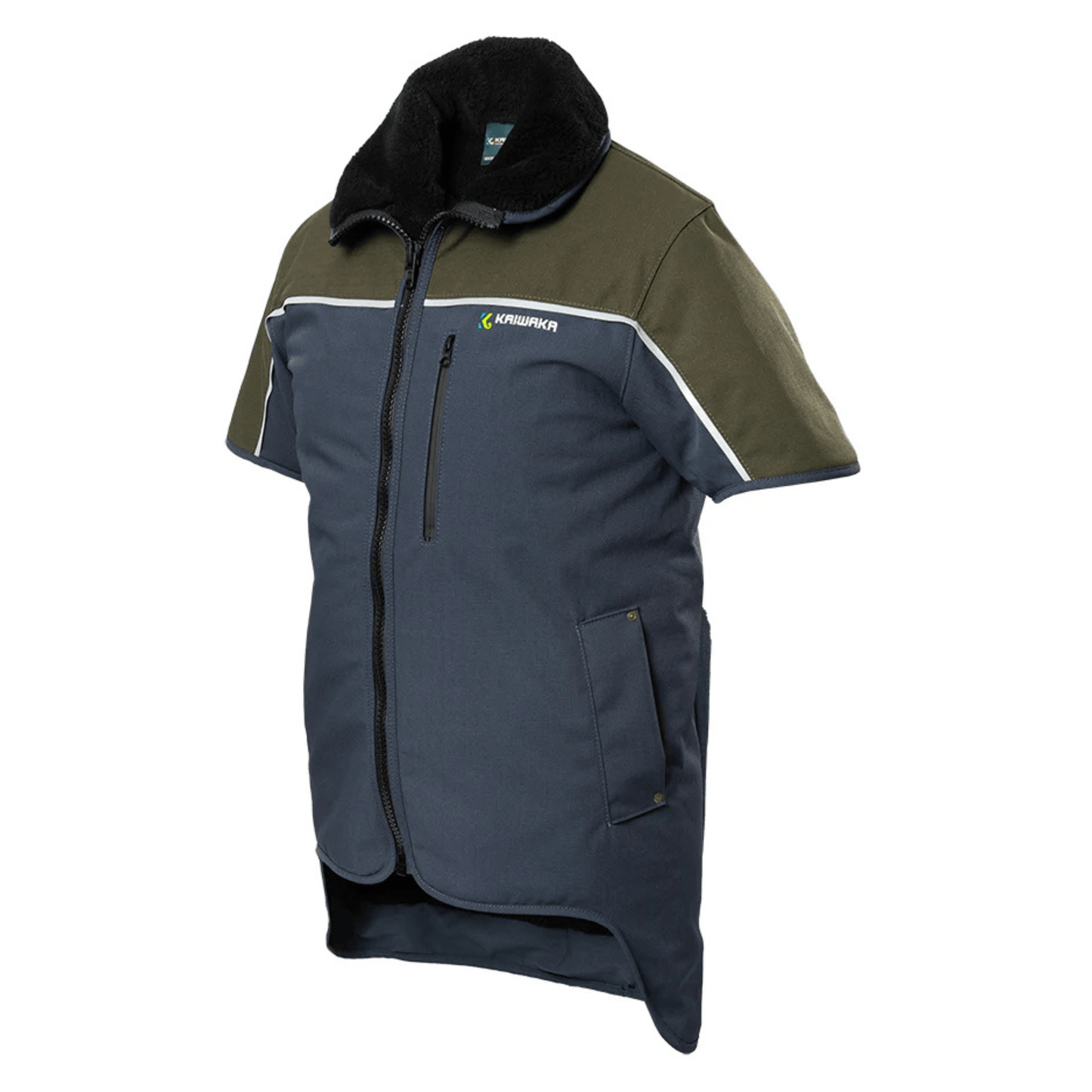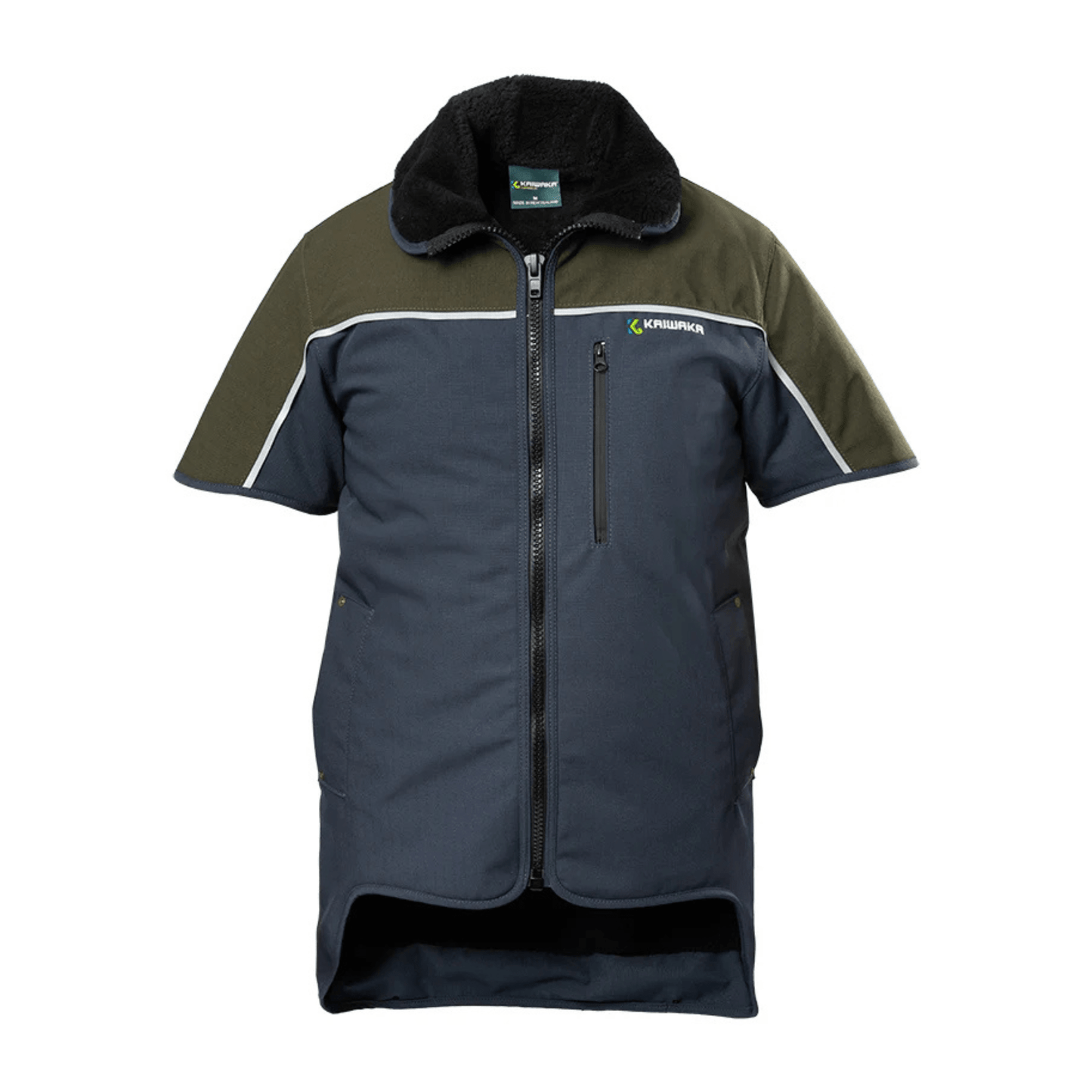Get 50% off Betacraft ISO940 Overtrousers or Bib and Brace when bought together with an ISO940 Parka. Please ensure you have added both products to your cart. Discount automatically applied at the checkout.
Choosing farm waterproofs and other wet weather gear can be confusing. Waterproof ratings, breathability specs and technical jargon can leave anyone scratching their head. One thing’s for sure: there is nothing more miserable than wearing the wrong waterproof bib and brace, jacket or overtrousers and being soggy from either rainwater or your own sweat (grim, I know, but still true).
This guide simplifies what waterproof and breathability ratings really mean for your farm workwear. We’ll give you the down low on key performance metrics and how to choose the right wet weather gear that is fit for dairy farming, sheep farming, field work and whatever your farming needs require.
KEY TAKEAWAYS
- A minimum waterproof rating of 15,000mm is recommended for UK farm waterproofs.
- A breathability of 5,000–10,000g keeps farmers comfortable year-round.
- Look for durable features: ripstop fabric, seam-sealed construction, and adjustable hoods, suitable for fieldwork and livestock handling.
- Regular maintenance, such as reapplying DWR coatings, extends the life of your gear.
- Invest in high-quality wet weather gear so it lasts season after season, year after year.
Browse all waterproof workwear →

WHY FARMERS NEED RELIABLE WATERPROOF CLOTHING
Farmers and people working the land need reliable wet weather gear that keeps the dry, comfortable and most importantly, is durable to last from season to season. Some waterproof items claim to be waterproof, but how do they stack up and how can we compare them? Not all waterproof items are made equal.
Here in the UK, with our temperate maritime climate, we often get 120–140 rainy days each year. Working outdoors means your waterproof jackets, bib and braces, and overtrousers have to work as hard as you do. The right wet weather clothing isn’t just about blocking rain, it’s about combining waterproof protection with breathability, so you stay comfortable no matter the conditions, and for your specific profession. In this article we provide an ultimate guide to getting the right gear for you and the job in hand.

WATERPROOF RATINGS EXPLAINED
As we said before, not all waterproof clothing is created equal. This is where waterproof ratings come in, to tell us how well a garment can resist water before it starts to leak. These ratings are tested by a process called the Hydrostatic Head (HH) test, which applies water pressure to the fabric and records how much it can withstand in millimetres (mm).
Often you can find waterproof bib and braces or coats claiming to be 10,000mm, 15,000mm or 20,000mm in their waterproof rating. For example, a coat rated at 10,000mm will handle moderate rain, while a 20,000mm garment is built for torrential downpours and long periods outdoors.
When choosing waterproof gear, here’s a simple way to think about ratings:
BRONZE (5,000-10,000MM)
Good for light work in the light rain for short stints outdoors – but it won’t keep you dry for long in heavy rain.
SILVER (15,000MM)
A strong choice, we would recommend this as a minimum for all farmers in the UK. Strong enough for both heavy downpours of rain and long durations of rain.
GOLD (20,000MM+)
Built for extreme conditions, this will keep you protected in the harshest of torrential rains and longest of downpours. Wet weather gear with this rating are most suitable for long, wet, relentless days in the rain.

BREATHABILITY RATINGS EXPLAINED
Waterproofing isn’t the whole story.
When you’re working hard on the farm, staying dry isn’t just about blocking the rain, it’s also about stopping sweat from building up inside your gear. That’s where breathability ratings matter and considered alongside waterproof ratings. When we talk about breathability, we are referring to the amount of moisture (sweat) that can escape the garment which helps regulate your body temperature and stops you from feeling clammy. Even the best farm waterproof bib and braces can leave you sweaty if the breathability rating is too low, especially during active work like sheep shearing or fencing.
Have you ever had a waterproof garment that is almost too good at keeping the rain out, and then you end up feeling damp and clammy underneath somehow? That will be sweat which wasn’t able to breathe out the garment. This can often lead to a clammy hot feeling, then soon a chill or a cold wet sensation, if you don’t keep warm. Breathability is important to prevent farmers from catching a chill or cold in the harsh elements.
Breathability measures how effective the garment is at dispelling moisture from within. It is measured in grams per square metre over 24 hours (g/m²/24hrs). The higher the number, the better and more breathable it is.
BRONZE (UP TO 5,000G)
Low breathability.
A practical choice for very light activity generally. You’ll find you may overheat and work up a sweat in this if you are actively working – especially in warmer weather where you are likely to overheat and sweat more. However, in cold conditions such as winter, lower breathability may not pose an issue regarding overheating as much as summer months.
SILVER (5,000-10,000G)
Good breathability.
The best balance for most farmers, keeping you comfortable for both summer and winter months.
GOLD (10,000G)
Excellent breathability.
Ideal if you are extremely active and find you are often very hot in waterproof garments. Perfect for warmer weather conditions such as the summer months when you are likely to work up a sweat more.

IT’S ALL IN THE FEATURES
Beyond ratings, certain features can significantly improve comfort and durability.
- Pockets: are there enough of them and are they big enough to store your stashables. Think aerosol spray cans, syringes, baler twine.
- Neoprene cuffs: great to have to stop water trickling down and into your sleeve.
- Zips: YKK are the market leaders, second to no other zips. Do you have two-way zips to allow you to straddle a quad big comfortably?
- Stormflaps: added protection to prevent the weather seeping through the zip.
- Hood structure: can it be tightened to create a tight seal. Is there a visor to protect your eyes from the rain.
- Warmth: is it fleece lined or not? Do you need to layer up underneath it or not?
- Layer fabric technology: more layers tend to offer higher performance i.e., a tough outer layered followed with a waterproof barrier, followed by a moisture wicking inner lining for comfort is typical for multi-layer wet weather gear.
- Ripstop Material: a material that is highly abrasion and tear resistant.
- Seam Sealed: all garments should be seam sealed or seam welded as a minimum.
- Warranty: what warranty coverage does the garment carry?
WATERPROOFS 101: QUICK TIPS
Even the best gear needs a little care and understanding:
- Feeling clammy inside? Usually a breathability issue, not a leak.
Choosing the right rating solves that.
- Older garments may “wet out.” If you have a high breathability garment (10,000g and above) and you are feeling sweaty/damp/clammy, chances are your gear is a bit older, and the fabric has ‘wetted out’. Wetted out is when your garments outer coating has lost its ability to bead water effectively, and so the fabric becomes saturated in rain and heavy, even if you are dry underneath.
Apply a DWR (Durable Water Repellent) coating like Nikwax to restore water repellence.
Note: A garment’s ability to bead water is not to be confused with waterproof rating, as they are different. DWR coating is like polishing your work boots - it protects them and enhances the durability and wear of them, but it is the leather that offers the main protection.
- Choose materials that suit your environment. Are you a dairy farmer leaning against a concrete parlour wall whilst you put cups on cows? Or are you a sheep farmer working outdoors most of the year and jumping on and off a quadbike? Are you a fencing contractor and manhandling posts and rails?
If this is you – you need a garment with tough, durable outer fabric to withstand the abrasion.
- Buy once, buy quality. High-quality gear lasts longer and performs better in tough conditions.
LET’S WRAP IT UP
Wet weather workwear isn’t just about staying dry, it’s about staying comfortable, protected, and productive, no matter how long the job takes. By understanding waterproof and breathability ratings, and the features that really matter on the farm, you can choose gear that works as hard as you do. Invest once, buy quality, maintain it properly, and your kit will keep you going season after season - whatever the weather throws your way.
